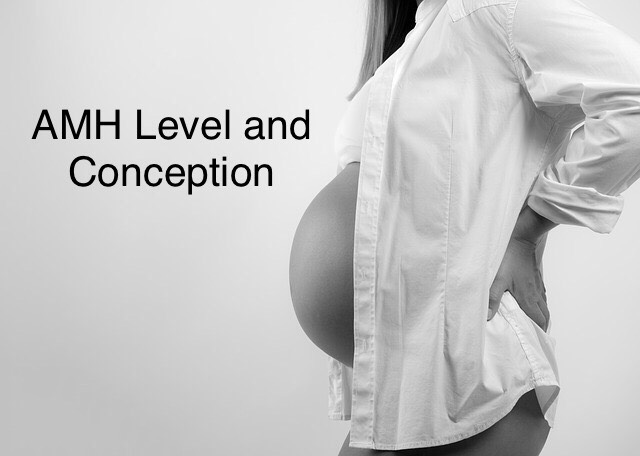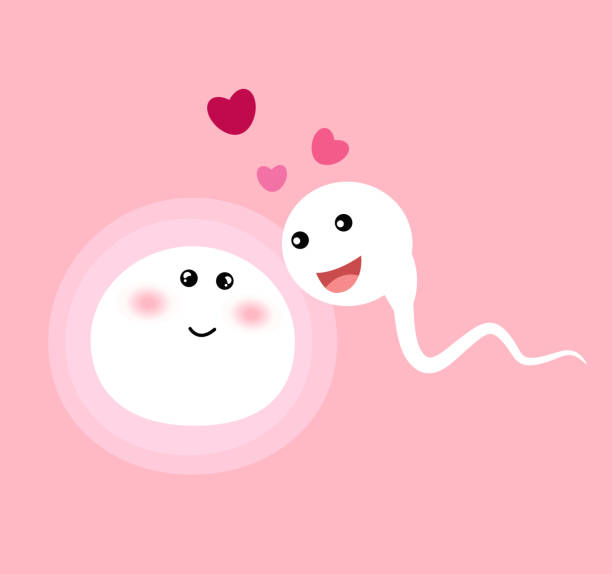
What is Craniosacral Therapy? What are the benefits of it?
Craniosacral therapy: What it is
Craniosacral therapy (CST) is a subtle, profound body work that balances and harmonizes all levels of a human being. It is an alternative manual treatment that has its origins in osteopathy.
Craniosacral therapy describes the functional unit between “cranium” (skull) and “sacrum”. From top to bottom, both are connected to each other via the spine. The skull and the spine are lined on the inside with membranes. Furthermore, these form the brain and spinal cord skins. It contains the cerebrospinal fluid, which flows around the brain and spinal cord and is in a permanent rhythmic pulsation. Most importantly, it serves as a shock absorber for the protection of our nervous system.
Secondly, and very important, the craniosacral system “CSS” maintains close relationships with the nervous, vascular and lymphatic systems. Moreover, it is connected to the hormonal, respiratory, muscular and skeletal systems. Not to mention that disease or dysfunction can affect the rhythmic harmony and flow of the craniosacral rhythm as well. Equally, disorders within the system can inevitably have serious and often damaging effects on all bodily systems.
What happens during a craniosacral therapy session?
During the treatment, which lasts about one hour, the patient lies relaxed on the massage table. At the beginning of the session the craniosacral therapist usually senses different parts of the body with gentle pressure of 2 – 20 grams. With the aim of receiving information about the harmony, uniformity and quality of the craniosacral rhythm. Given that, we use gentle techniques to resolve those obstacles in the system.
The goal of craniosacral therapy is the integration of body, soul and spirit. This can be achieved by promoting self-healing through self-correction within the body. Over and above that, it stimulates the blood circulation and relaxes the nervous system.
What conditions does craniosacral therapy treat?
The craniosacral system is closely related to all other systems in the body. As a result, by balancing or harmonising the craniosacral rhythm we can always affect the whole body. For this reason, the following list is a small selection of possible applications:
- Chronic and acute pain conditions
- Spinal and joint disorders
- Disc problems
- Shock, emotional and physical traumas
- Osteoarthritis
- Rheumatic diseases
- Hearing and vision disorders / tinnitus
- Stress
- Mental disorders
- Depression / Burnout
- Exhaustion
- Sleep disorders
- Autism
https://www.upledger.com/autism/
https://www.ncbi.nlm.nih.gov/m/pubmed/28167177
- Post Traumatic Stress Disorder
- Headaches and Migraines
https://clinicaltrials.gov/ct2/show/NCT00665236
This is a great video explaining the Upledger approach to Craniosacral Therapy
History of Craniosacral Therapy
When we look at the history of craniosacral therapy, there are three people that need to be honoured and mentioned in order to understand the evolution of this powerful therapy.
Founder of Osteopathy
Dr. Andrew Taylor Still founded osteopathy. His basic principles of osteopathy are still today the basis for understanding the work of osteopathy and craniosacral therapy. Essentially important to him were the following conjectures:
- The body is seen as an interconnected unit.
- The body has the ability to regulate itself.
- Structures and functions of the tissues are in mutual relation.
In 1892 he founded the American School of Osteopathy to transmit his vast knowledge. One of his most important guiding principles to his students was: “Find it, fix it and leave it alone.”
Founder of Craniosacral Osteopathy
One of his students was William Garner Sutherland was deeply fascinated by the anatomy of the skull with all its bones and sutures. His profound research found that pressure applied to different parts of the skull leads to certain emotional states and physical symptoms.
If not making progress with his work he remained in a state of silence to find further impulses and answers to advance his work. That´s why his motto to his students was “Dig on”. With that, he emphasised that motivation, persistence and patience are needed when working with craniosacral osteopathy.
Founder of techniques of Craniosacral Therapy
The techniques we see today during craniosacral therapy are mostly to honour Dr. John E. Upledger. Resulting from an operation on the dura mater he experienced the craniosacral rhythm and henceforth began a serious study of the writings of Sutherland. In addition, he also did scientific tests using laser to show the movements of the meninges of the skull.
During the years he accomplished his work by the development of the somato-emotional-release. This evolution resulted in a technique that helps the patient to release traumas in a safe container.
His publications and teachings made the craniosacral therapy worldwide known. Today, his school is the leading school for training craniosacral therapists.
How would it feel to free yourself from your symptoms? Ready to change and invest time and energy to get to the root of your problem? Then book your session now. I am looking forward to meeting you.






